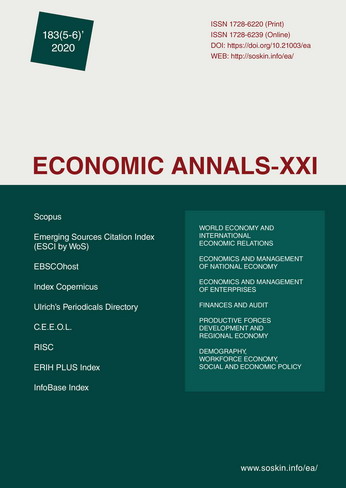Multiple regression model of the consumers’ price sensitivity
Multiple regression model of the consumers’ price sensitivity
Author(s): Marie SlabaSubject(s): Economy, Marketing / Advertising, Socio-Economic Research
Published by: Institute of Society Transformation
Keywords: Consumers’ Purchasing Behaviour; Customer; Price Sensitivity; Age; Income; Multiple Regression;
Summary/Abstract: All marketing decisions have to take into account the customer’s attitude to the price and consumers’ price sensitivity. Consumers’ price sensitivity depends on various factors: perceived quality and benefits, service quality, and of course, demographic characteristics. The main aim of this paper is to explore the influence of socio-demographic characteristics on the customers’ price sensitivity. Potential influencing factors and sample size were identified based on the literature search. The questionnaires were disseminated on-line in 2019. The majority of respondents were at the age group 25-54 years old (63%) which corresponds to the composition of the Czech population. Most of the respondents live in the family with two children (29%) or only with a partner (28%), 61% of the respondents have a master or bachelor’s degree.The variable Age shows high significance, which means, no surprisingly, that older customers are more price-sensitive than the younger ones. Talking about gender, females are slightly more price-sensitive than males. Then, we can state that the more family members has got the household, the more price-sensitive the customer is. In comparison with other independent variables, Income and Education show a negative correlation with customer price sensitivity, which means that the higher level of Income or Education is, the lower is the customer’s price sensitivity.Based on the multiple regression analysis, the author’s research proves that the most significant impact on the consumers’ price sensitivity have two independent variables - age (positive correlation) and income (negative correlation).
Journal: Економічний часопис - ХХІ
- Issue Year: 183/2020
- Issue No: 05+06
- Page Range: 60-65
- Page Count: 6
- Language: English

